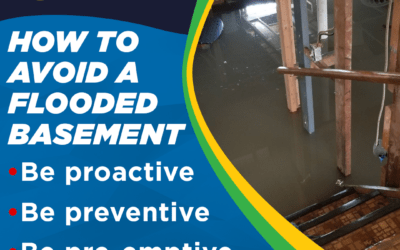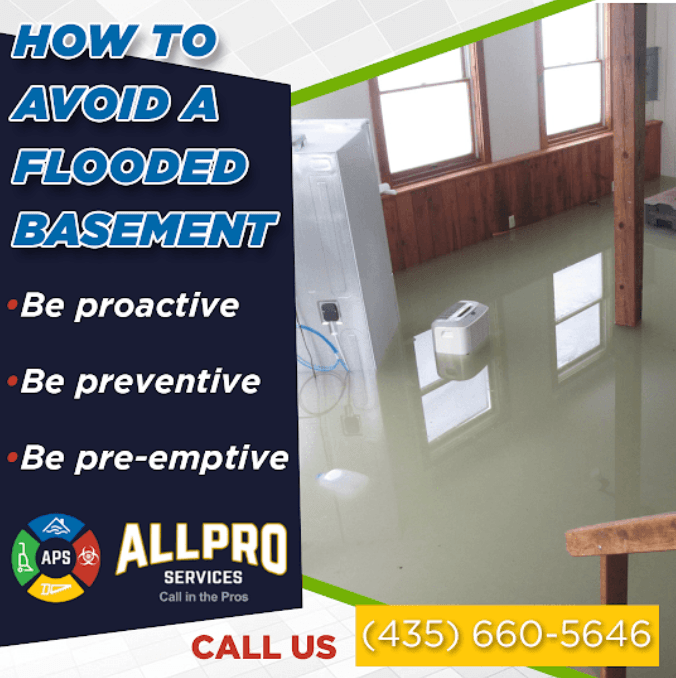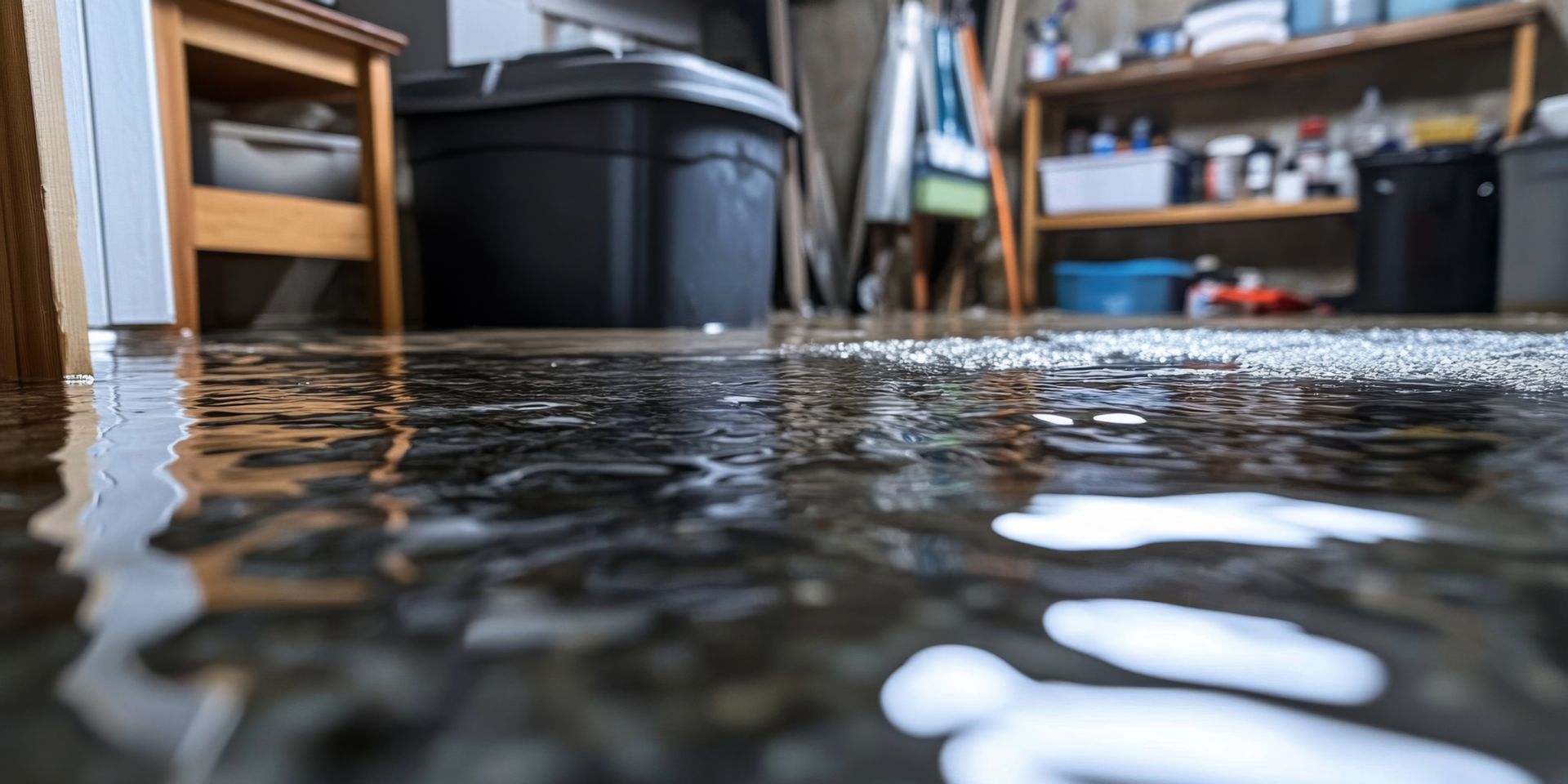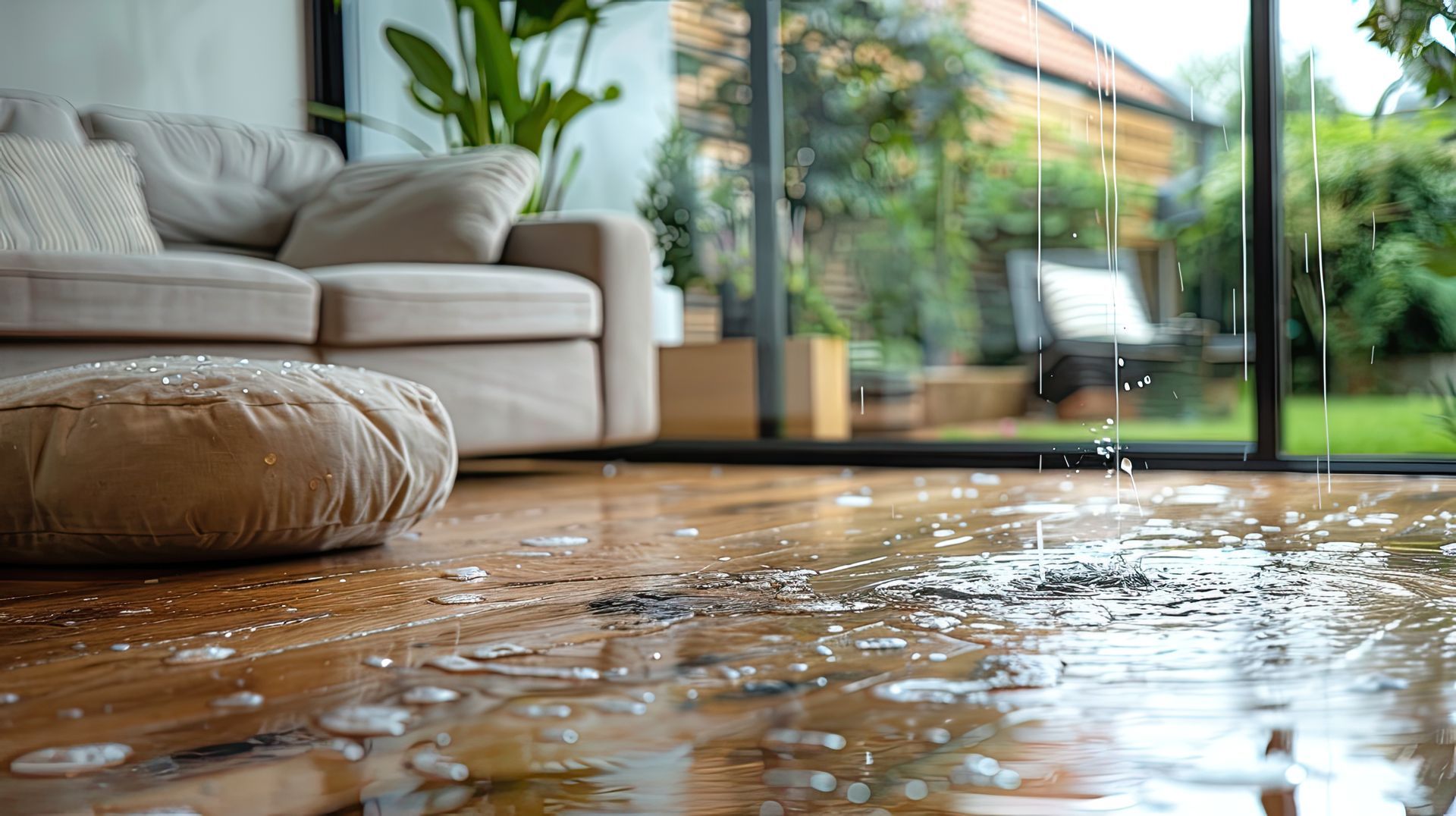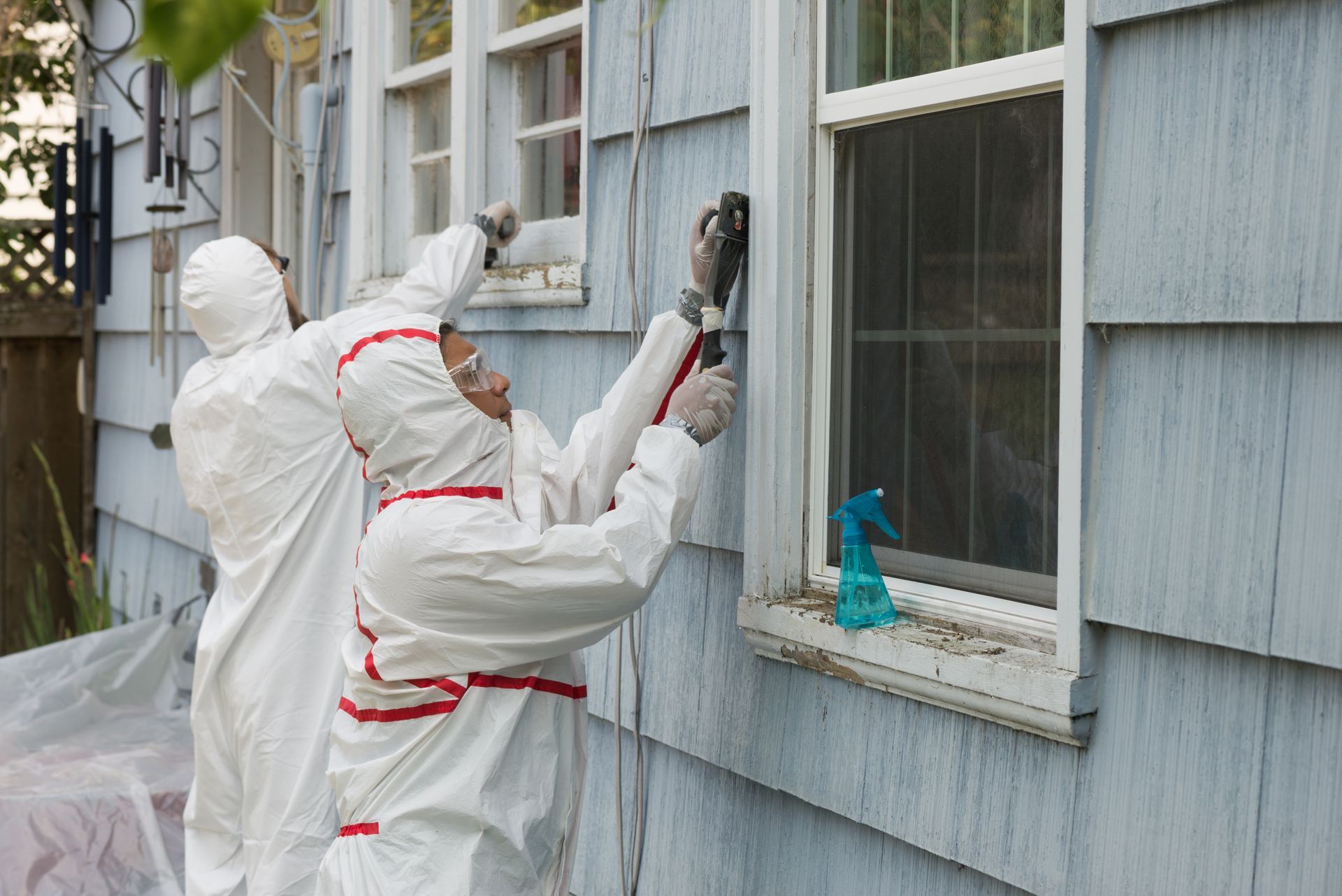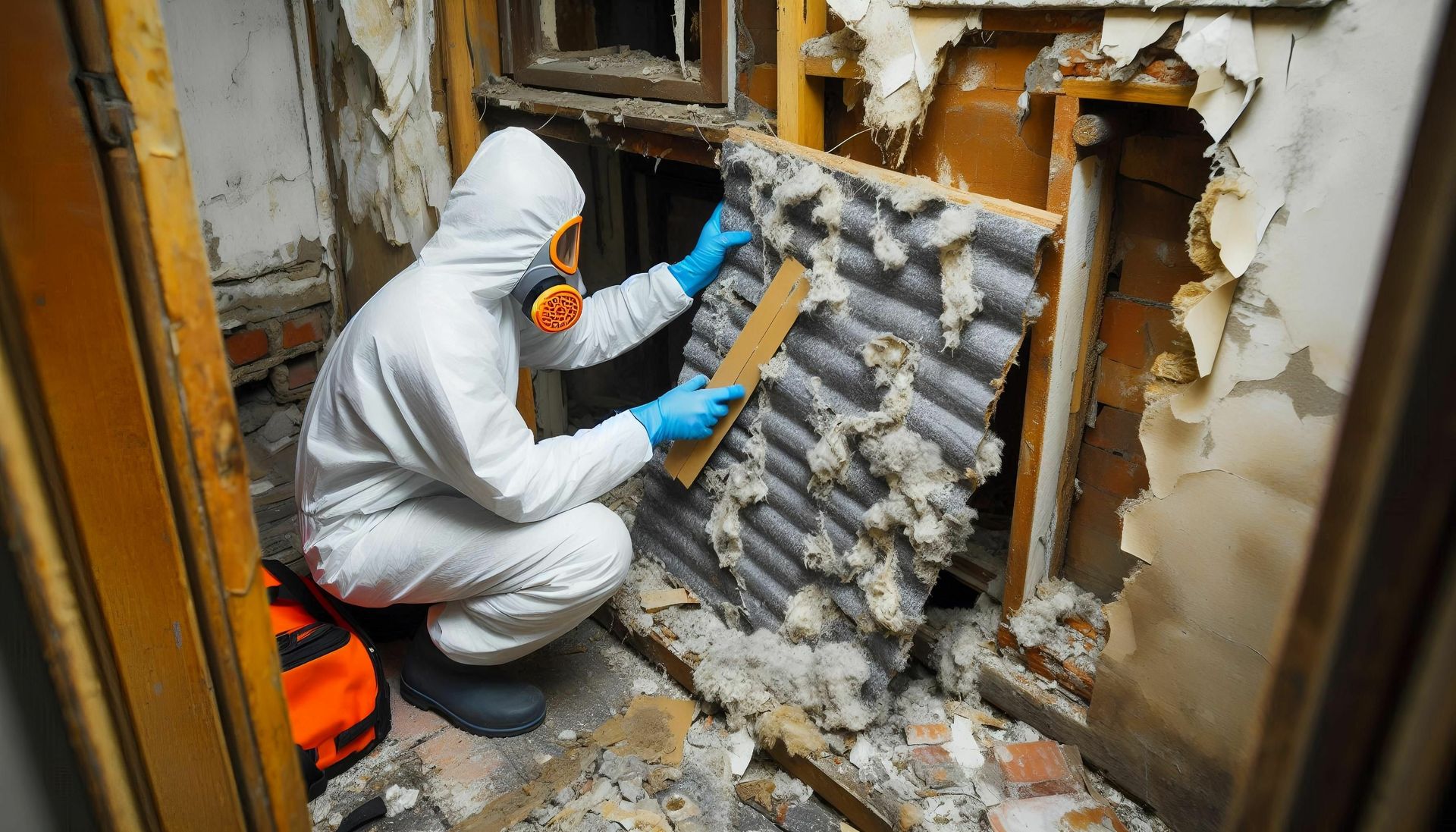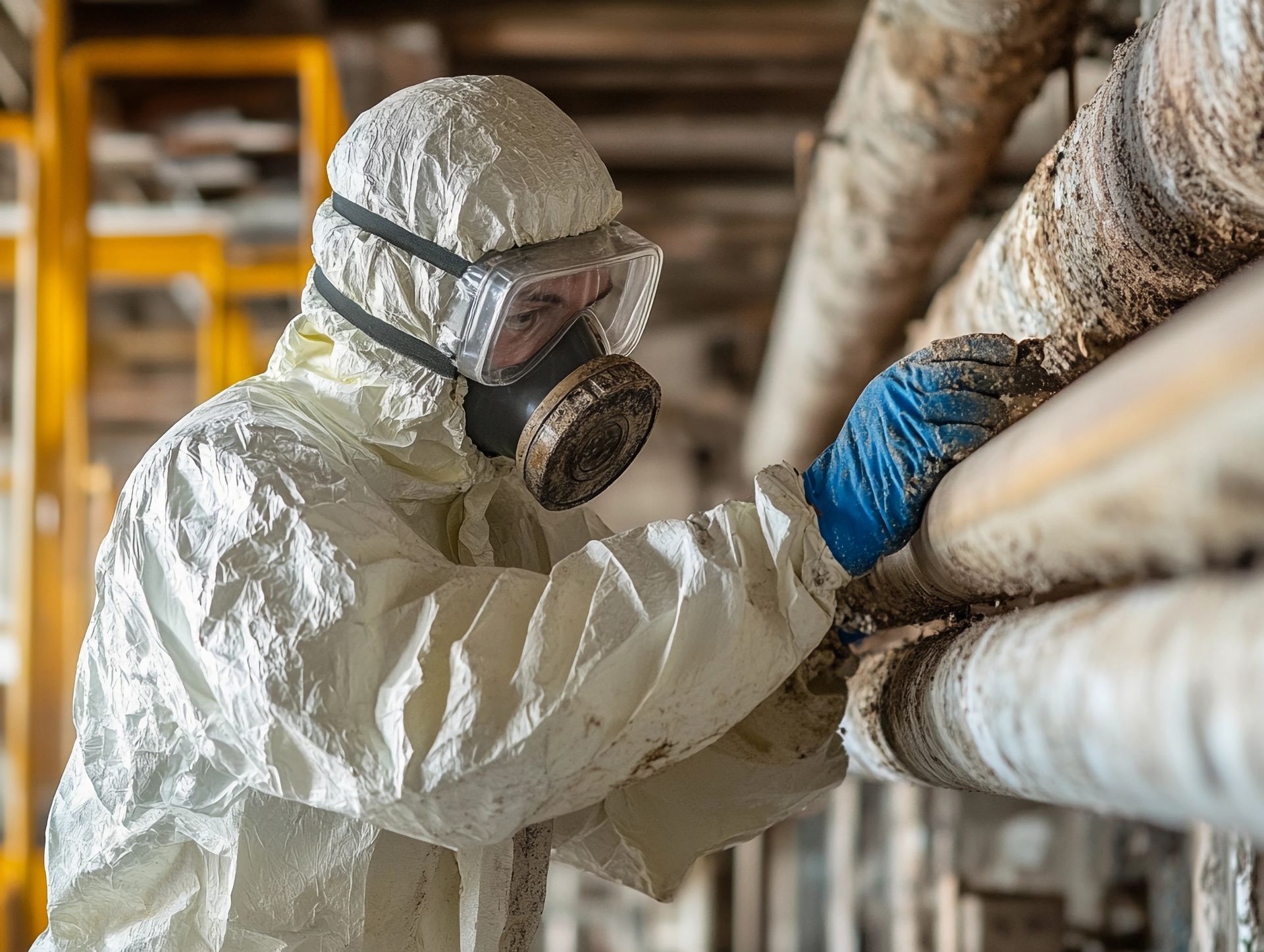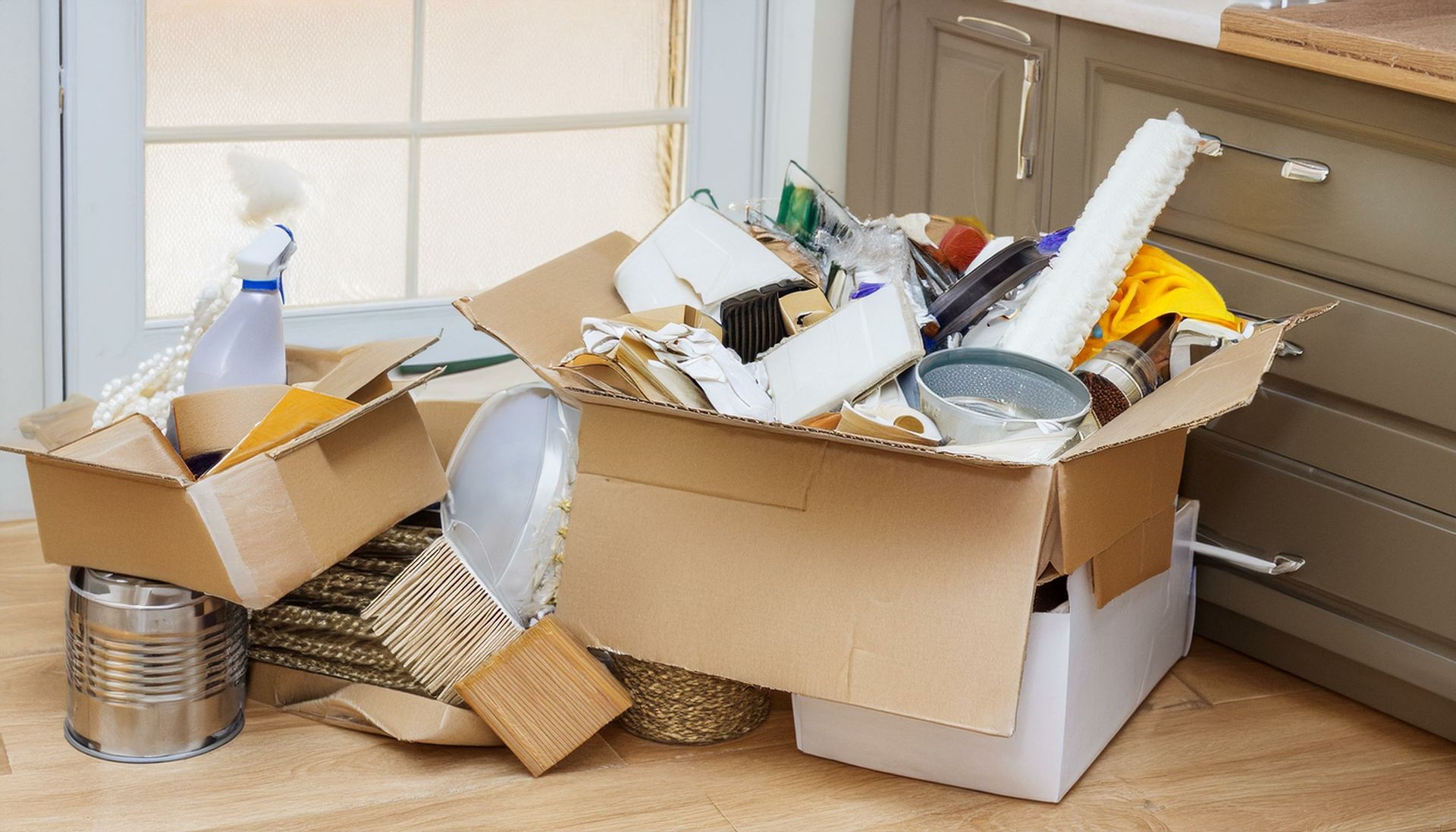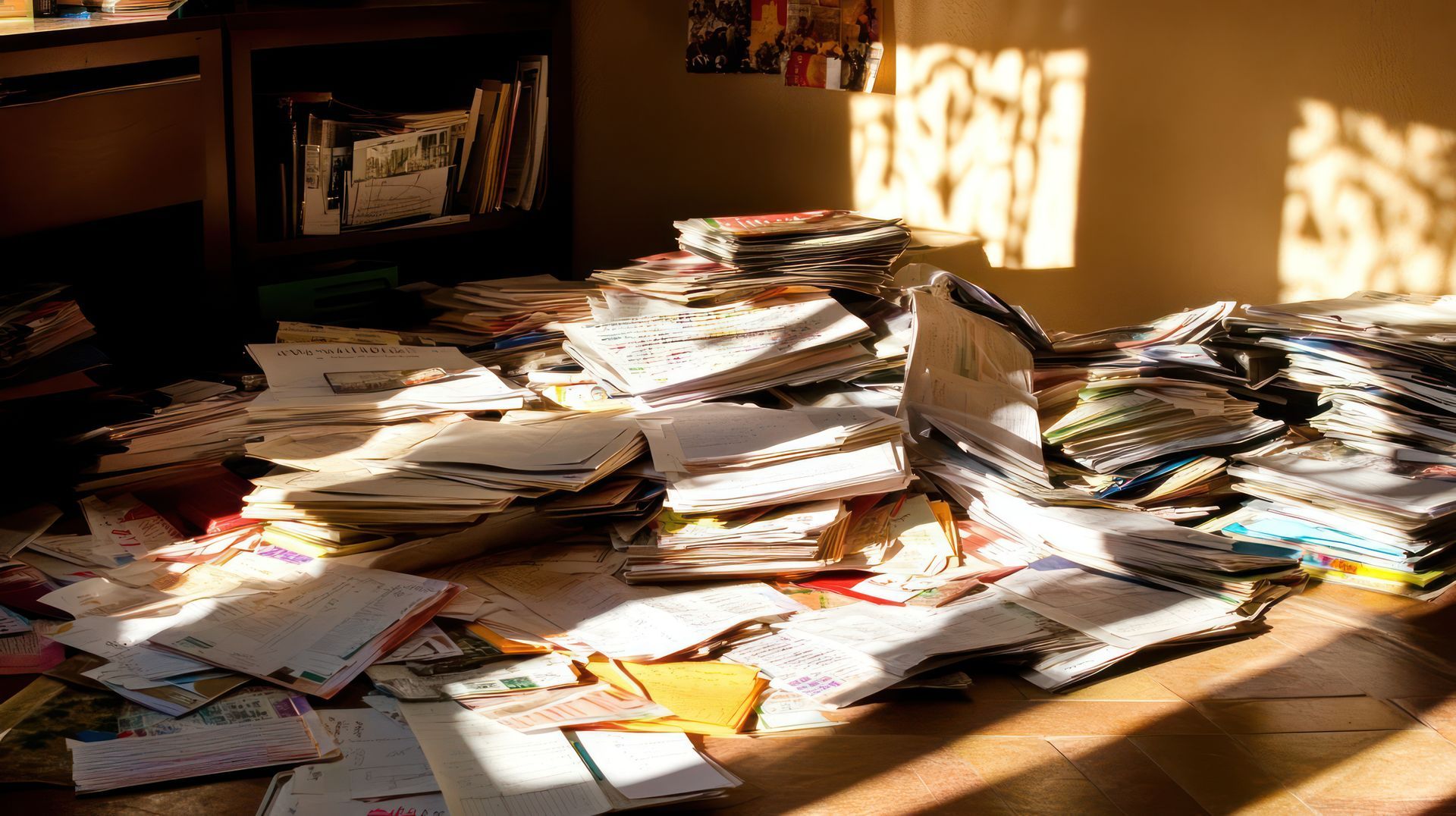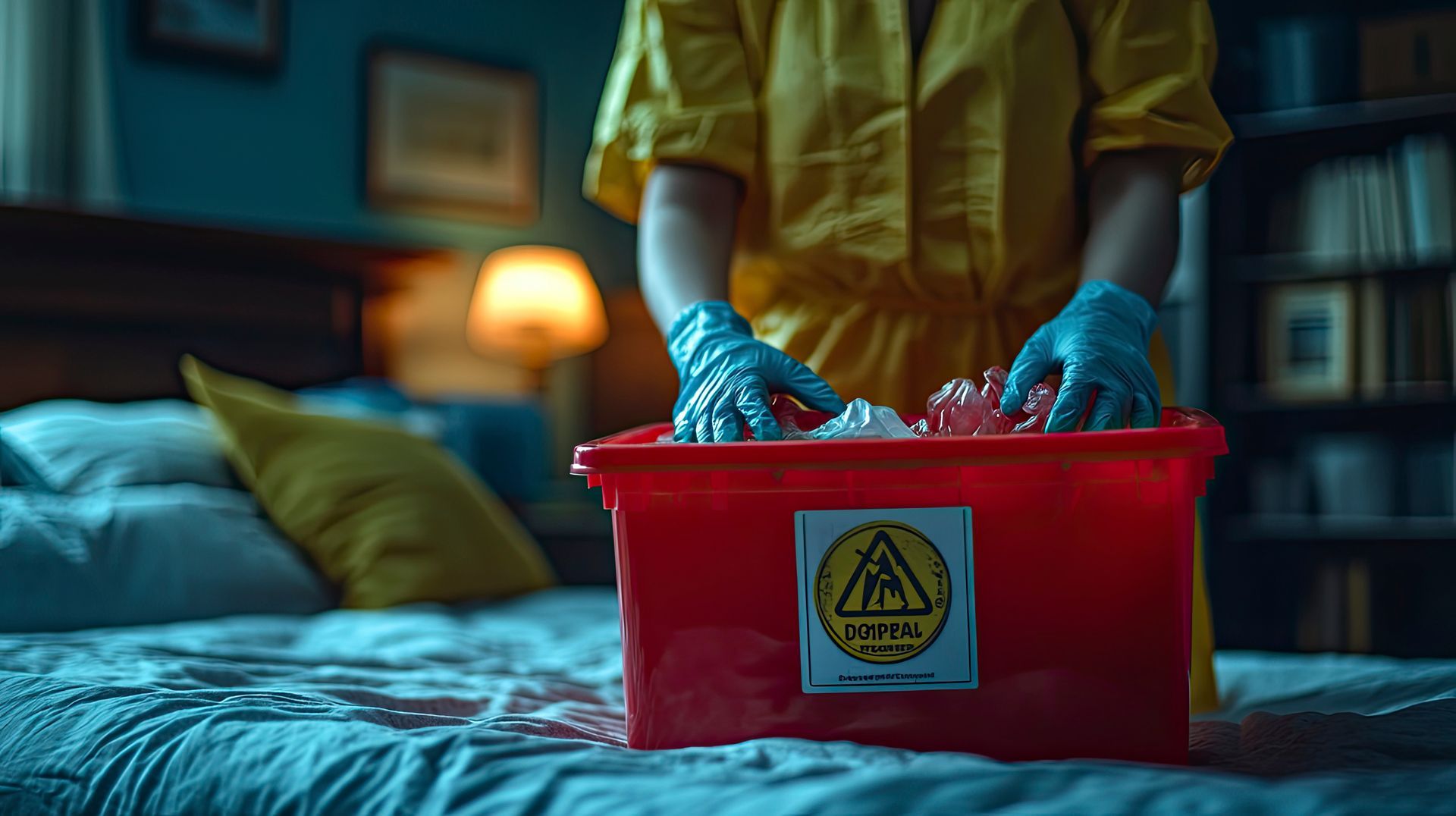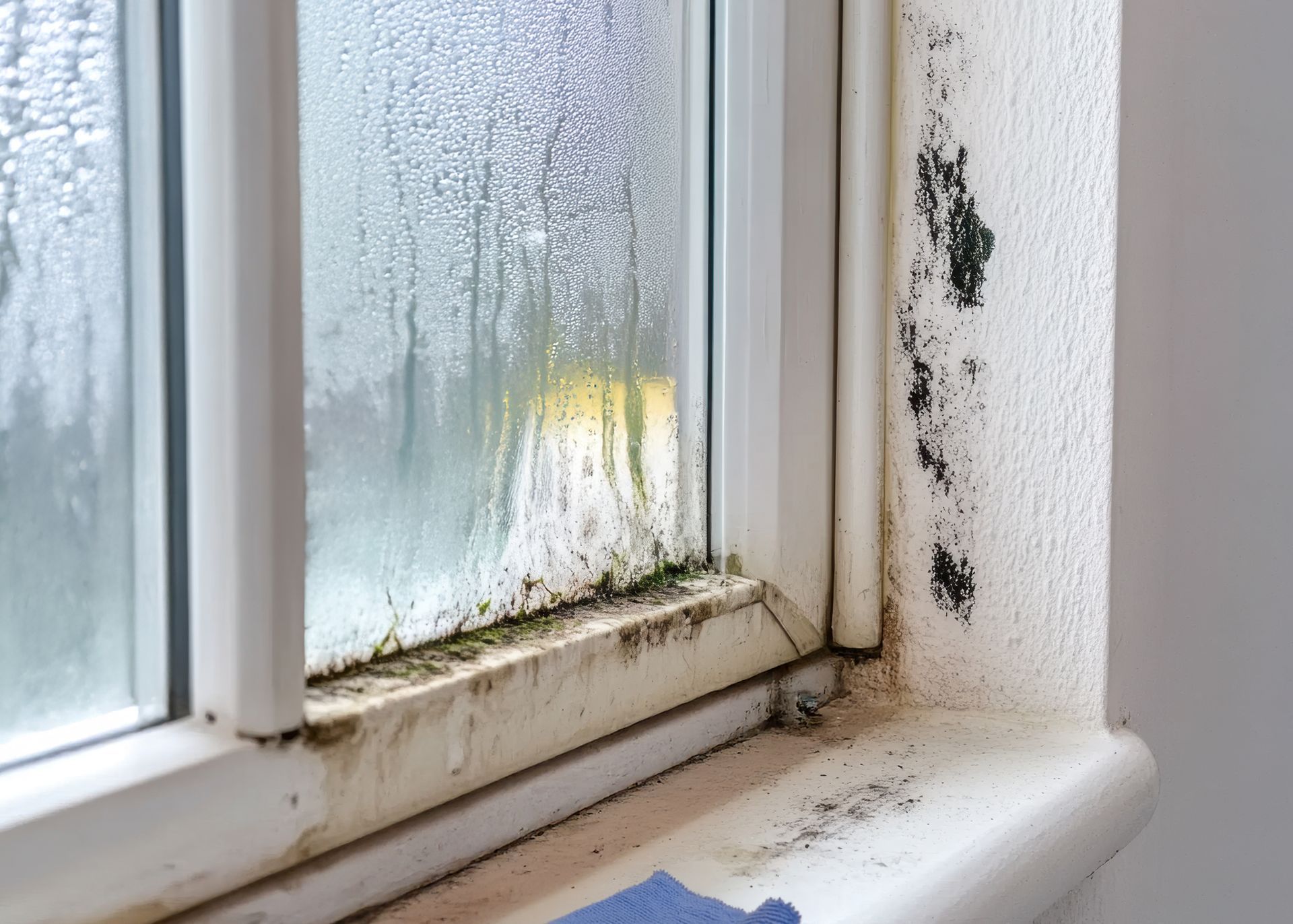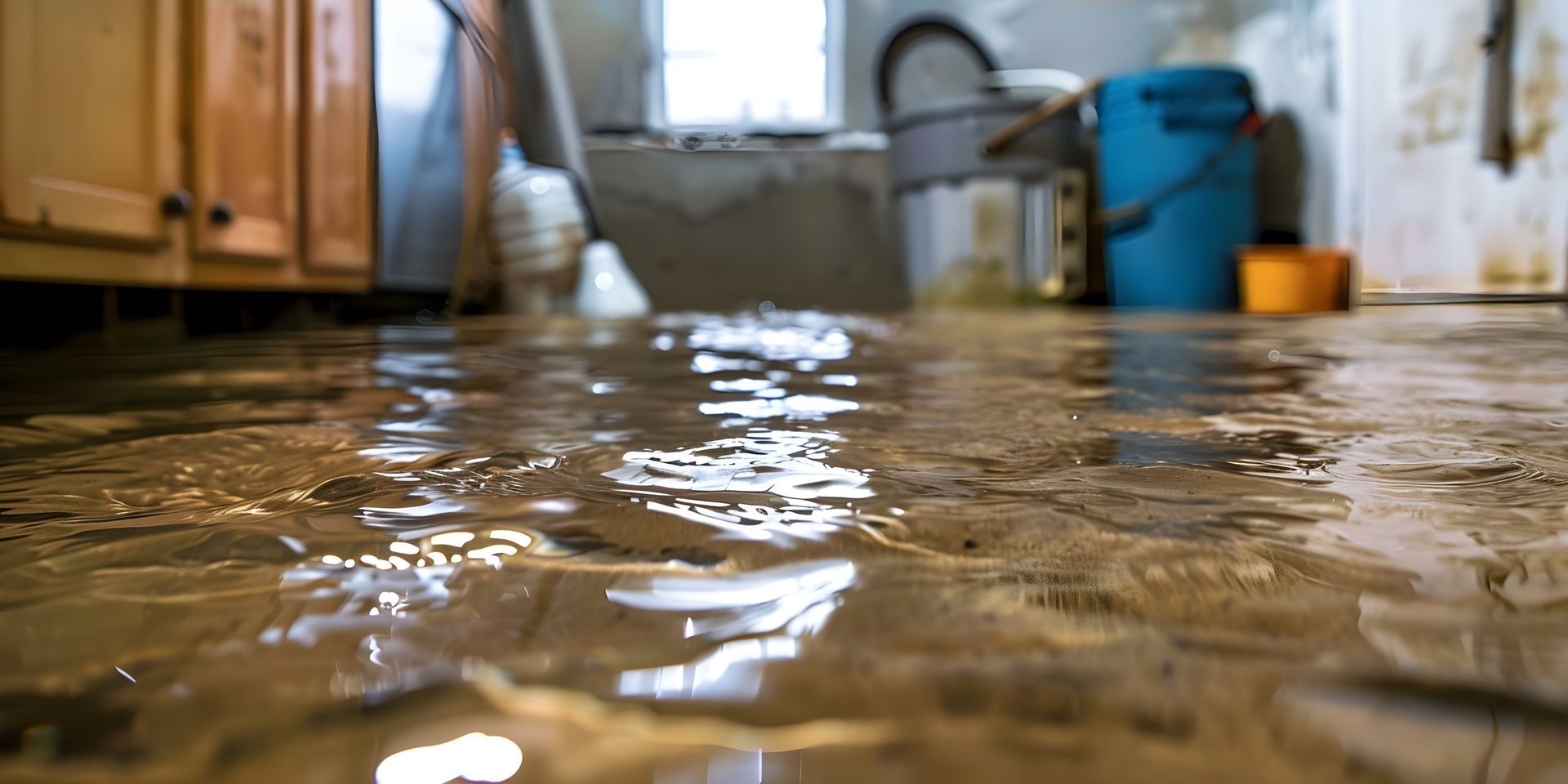How to avoid a flooded basement
By taking a proactive, preventive, and pre-emptive approach, many basement flooding disasters can be avoided. This approach involves three distinct strategies, each with its own action plan.
Be proactive
Inspect the basement plumbing and drainage system with the changing of each season. Look for dripping faucets and standing water around the sink, faucets, toilet, and water heater.
Feel the plumbing connections, the walls, the floor, and the ceiling for signs of moisture. Warping, buckling, swelling, bubbling, and peeling indicate a leak in pipes behind walls, a leak in the upstairs plumbing, or a potential moisture problem with the foundation.
Listen for dripping noises, gurgling in the drains, or the sound of pests at work in the basement. While in the basement, listen for the whir of the sump pump. If needed, pour a few gallons of water into the sump pit to test the unit.
Conduct a sniff test under cabinets, in closets, in closed-off corners, or in isolated rooms in the basement. A musty mildew smell can be a cardinal sign of moisture and mold.
Be preventive
Appliances such as a washing machine and a refrigerator are often kept in the basement for convenience. However, a ruptured supply line can deposit several gallons of water a minute onto the basement floor. When it bursts, a washing machine supply line can spew as many as seven or more gallons of water per minute, dumping as much as 500 gallons or more per hour into the basement. Listed below are some easy steps to prevent leaks before they ever occur.
- About every seven years, change out appliance supply lines before they cause a problem.
- Modernize the plumbing system, including pipes and connections.
- Install dual redundancies for the basement sump pump. A battery backup system and a system powered by water pressure should be adequate to keep the water out and the basement dry.
- Install a permanent dehumidifier to keep the humidity levels low enough to prevent mold and mildew, preferably between 30 and 50 percent humidity.
Be pre-emptive
This plan of action is similar to prevention. Find and fix leaks when they are small and inconsequential. At the first sign of trouble, call a plumber for inspection, detection, upgrades, and repairs. Clean the gutters and downspouts. The soil around the home should slope away from the foundation at about 1 inch per foot.
Finally, pre-qualify All Pro Services before a property damage disaster, such as flooding from a burst pipe, strikes. Pre-empt stress, anxiety, frustration, and fear. Avoid spending hours vetting restoration companies while the basement fills with water or sewage from a plumbing catastrophe. All Pro Services has been family owned and operated since 1987. They are a full-service property damage restoration company with experienced, certified, and well-equipped technicians.
What to do when a basement floods
Early and decisive action can affect the size of the disaster, the extent of the damage, and the length and expense of the cleanup and restoration.
Upon discovering the flooded basement and quickly assessing the situation, contact the pre-qualified damage restoration company. Since customer information is already in the system, the call will be brief, allowing the crew to be dispatched to the scene sooner. Every minute counts in a water damage disaster.
If possible, stop the leak by shutting off the water supply. If the leak or backup appears to be serious, enlist the services of a trusted plumber who can immediately resolve the plumbing issue.
If the flooding is extensive, turn off all electrical power to the basement in order to avoid electrocution.
If the situation requires tracking through the flood area, wear rubber boots, gloves, and protective eyewear. Have adequate lighting from a bright flashlight. Remove the boots when leaving the flooded area to avoid spreading the contaminated water throughout the home.

